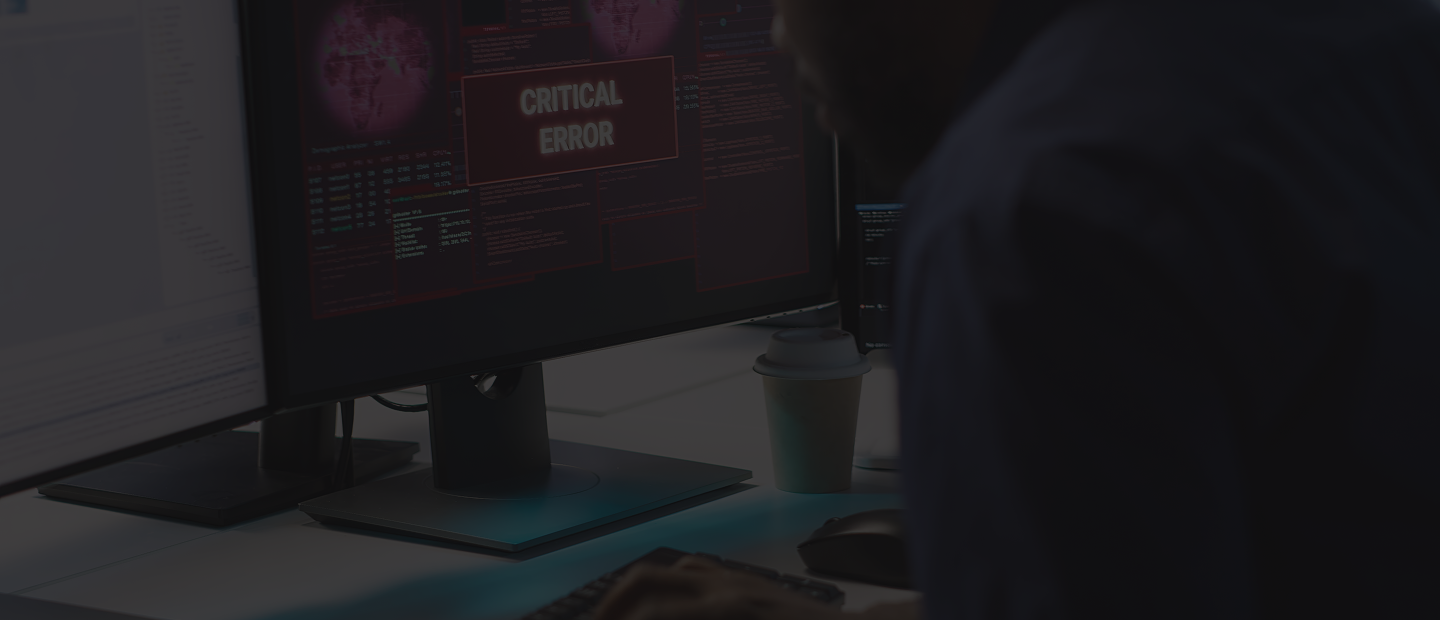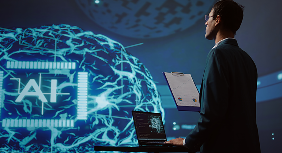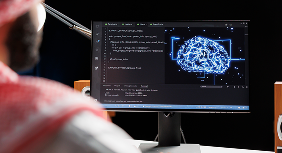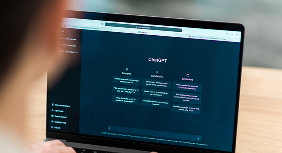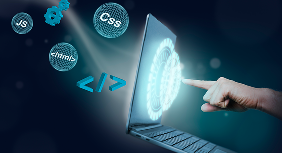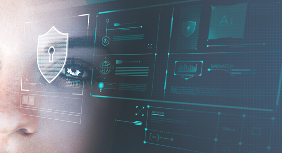Introduction
Writing good code is no longer enough. It has to be smart, safe, and able to defend itself in real time. This is where artificial intelligence steps in, changing the way we think about secure software development. With AI-powered threat detection, developers are moving beyond traditional defenses and toward intelligent systems that learn, adapt, and respond.
Why Traditional Threat Detection Is No Longer Enough
Old-school security tools rely on signatures, static rules, and known vulnerabilities. They work well when facing threats we have seen before, but they struggle with new and unexpected attacks. These tools are reactive. They wait for something to go wrong before sounding the alarm.
In fast-paced development environments, that delay is dangerous. Developers ship updates often. New features are released weekly, sometimes daily. Relying on outdated methods puts the entire application at risk. There is simply too much code, too many variables, and too little time for manual review alone. That is why AI is becoming essential. It does not wait. It observes, learns, and detects threats while you are still writing the code.
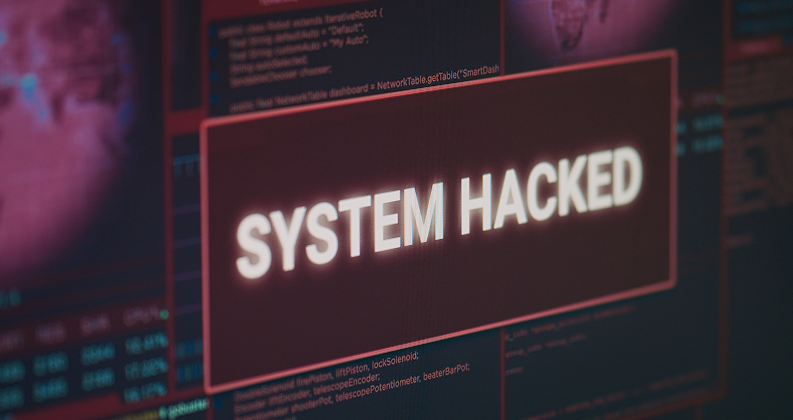
How AI Makes Threat Detection Smarter
AI is not just another layer of defense. It is an active participant in the development process. Here is how it works:
Machine Learning Models
AI systems are trained on millions of examples of clean code, malicious code, and everything in between. These models can identify risky patterns that human reviewers might miss, even if they have never seen that specific threat before.
Behavioral Analysis
Instead of only scanning code, AI can monitor how applications behave. Is an app accessing files it should not? Is it sending data to a suspicious server? AI can detect these behaviors and flag them before a breach happens.
Natural Language Processing (NLP)
Secure software development is not just about code. It is also about communication. AI can scan developer comments and documentation to find mismatches between what the code is supposed to do and what it actually does. This adds a valuable layer of insight during peer reviews.
Real-Time Monitoring
AI does not sleep. It runs continuously in the background, keeping an eye on code changes, system behavior, and even traffic. It provides constant coverage without slowing development teams down.
Bringing AI Into Secure Software Development
Imagine you are building a healthcare platform. You have user data, compliance laws, payment systems, and multiple integration points. A single overlooked vulnerability could lead to a major data leak.
Now imagine that as you are coding, your AI system detects an insecure method, suggests a safer one, and flags a suspicious third-party library, all before you commit the code. You review, update, and deploy confidently, knowing that potential risks have already been handled. This is what secure software development looks like when powered by AI. It is not just faster. It is smarter and more proactive.
Real Companies Using AI to Stay Ahead
Some of the world’s most trusted tech companies are already using AI to secure their development processes.
Microsoft
uses AI tools like Security Copilot to guide analysts through investigations and alert handling.
Google
created OSS-Fuzz, which uses AI-based fuzz testing to automatically find bugs in open-source projects.
GitHub
has built-in AI code scanning tools that help developers catch secrets, misconfigurations, and vulnerabilities before merging.
Humans Still Matter
AI is powerful, but it is not perfect. It needs direction, refinement, and oversight. Developers still need to think critically, use good judgment, and make security a core part of their process.
Think of AI as an assistant. It is fast, thorough, and tireless, but it cannot replace your experience, your instincts, or your understanding of your project’s goals. Together, AI and human intelligence create stronger systems than either could alone.
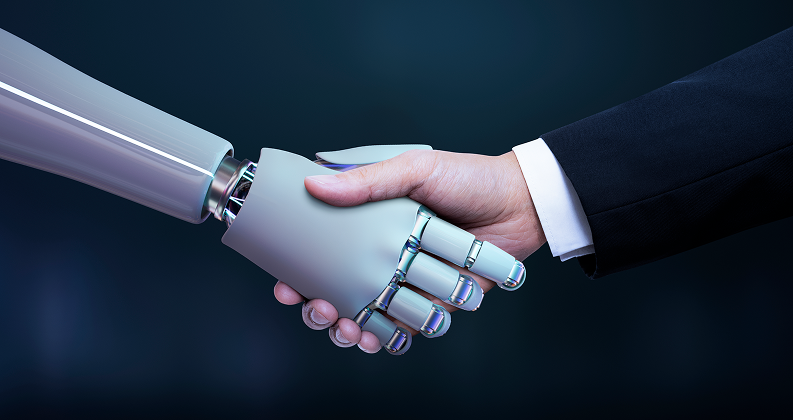
A Few Challenges Worth Noting
Like any tool, AI has its limitations.
Data Quality Matters
If your AI is trained on poor or outdated data, it will not detect threats effectively. It might even make things worse by flagging false positives.
Explainability
Developers need to understand why AI made a certain recommendation. If it is a black box, they are less likely to trust or act on its alerts.
Integration Takes Time
It takes effort to set up and fine-tune AI systems. Development teams need training, buy-in, and a process that fits with their workflow.
Even with these challenges, the benefits are clear. AI does not replace secure coding practices. It reinforces them.
The Future of Security Is Intelligent
The best security is not reactive. It is predictive. With AI-powered threat detection, you are not waiting for hackers to find a weakness. You are already looking for it yourself and fixing it.
In the coming years, secure software development will depend more and more on intelligent systems that support humans, not replace them. The winners will be the teams who embrace AI early, refine it often, and keep humans in the loop.
Final Thoughts
Security is no longer something you can bolt on at the end. It needs to be part of your thinking from the very first line of code. With AI, secure software development becomes more agile, more proactive, and more effective.
It is not just about protecting code. It is about protecting people, data, and the trust they place in your technology. Let your code be smart. Let your security be smarter.
